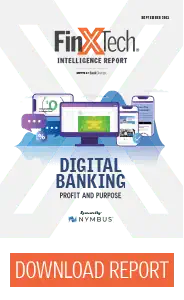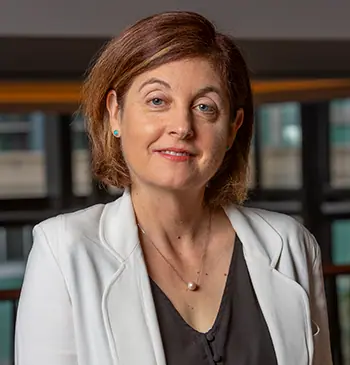
The Road Ahead for Digital Banking
Brought to you by Nymbus

 The largest bank in the United States, the $3.4 trillion global behemoth known as JPMorgan Chase & Co., hesitated to put a retail bank in the crowded and competitive United Kingdom in the past.
The largest bank in the United States, the $3.4 trillion global behemoth known as JPMorgan Chase & Co., hesitated to put a retail bank in the crowded and competitive United Kingdom in the past.
That changed in 2021. JPMorgan Chase CEO Jamie Dimon announced a digital retail bank with headquarters in London and a customer center in Edinburgh. But no branches.
International expansion was cost-prohibitive in the past, Dimon admitted, but the economics of banking have changed. Even the biggest U.S. banks, which haven’t abandoned branches, know that.
“What we always said is we’re not going to do retail overseas … I can open 100 branches in Mumbai or 100 branches in the U.K., and there’s no chance I’d gain enough share to make up for the additional overhead,” he said at a Morgan Stanley conference in June of 2021. “Digital changes that.”
This shifting landscape means digital platforms hold a lot of promise for banks seeking to grow profitably. This report, sponsored by Nymbus Labs, will focus on these business models, return on investment and elements of success of digital-first banks and banking platforms.
Of course, terms such as neobank, challenger bank and digital bank get thrown around a lot these days. Some of the newcomers are chartered and regulated banks. Others are offshoots of a bank. Most are financial technology companies that rely on banks to access payment rails, compliance programs or deposit insurance. For simplicity’s sake, we’ll call them digital banks. Whether they are banks or just call themselves a bank, we’ll include them in this report. The goal is to reveal how they are changing the banking marketplace.
To learn more, download our FinXTech Intelligence Report, Digital Banking: Profit and Purpose.


